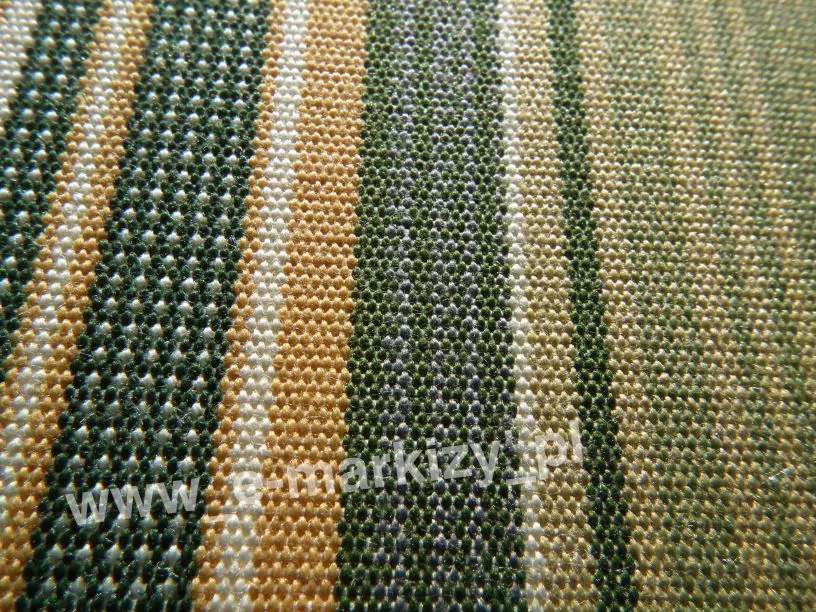Description of fabrics for Mol awnings
FABRIC FOR AWNINGS
All fabrics have hygienic certificates!</strong >
100% Acrylic, coated</ strong> TEFLON. GREAT QUALITY!!!
see the full MOL fabric sample
Group 1: Acrylic Fabrics
The first and most popular group of fabrics are acrylic fabrics (striped or single-color).
composition: 100% acrylic, weight 300gr.m2, penetration resistance 300mm.
Features:
– color durability,
– high resistance to light and weather conditions,
– tear resistance in terms of high stresses,
– air permeability while being water resistant.
____________________________________________________________________________________________________
Group 2: PVC / PVC fabrics (tarpaulin type)
These are fabrics with a PVC coating. They are perfect especially for basket awnings.
Their main advantage is water impermeability.
Carcass from 127daN/5cm to 140daN/5cm, high resistance to light and weather conditions.
composition: 100% acrylic, weight 300gr.m2, resistance to penetration 300mm.
Features:
– color fastness,
– high resistance to light and weather conditions ,
– tear resistance in terms of high stresses,
– good water resistance
______________________________________________________________________________________________
Group3: Waterproof Fabrics
Fabrics with greater resistance to weather conditions – dedicated especially to places exposed to contact with rainwater.
The distinguishing feature of the Waterproof cover group is increased water resistance (above >100 cm of water column in accordance with ISO 811/81) .
Features:
– color durability,
– high resistance to water and rain,
– tear resistance in terms of large stresses,
– air permeability with simultaneous increased resistance to water.
______________________________________________________________________________________________
All acrylic materials have been impregnated with a TEFLON or SCOTCHGARD protective agent.
This creates an excellent protective barrier and strengthens the hydrophobic properties of fabrics,
and also prevents dirt from sticking to the material.
Please remember that factors such as acid rain, animal pollution and cleaning the material with abrasive agents may destroy the protective coating.
1. Ruffle– as a result of manipulation during sewing, fabrics impregnated with resins |
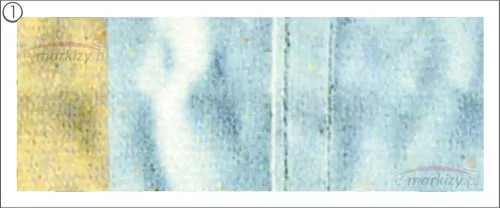 |
2. Creases– as a result of joining fabrics and curling, creases appear on the edges of the cover near the |
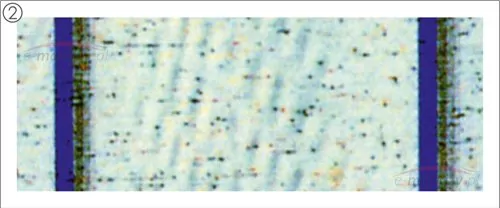 |
3. “Veins”– the use of resins containing fluorides to impregnate fabrics also results in the formation of a delicate line-line where the fabric is bent |
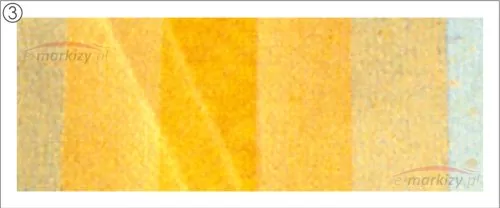 |
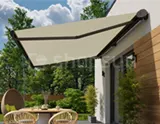
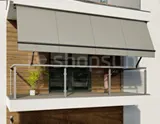
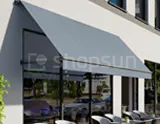
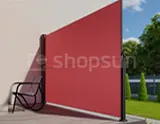
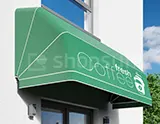
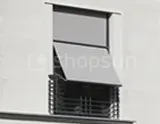
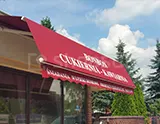
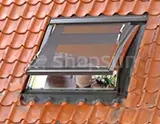
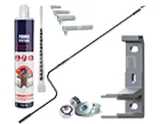
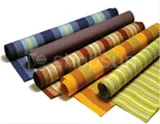
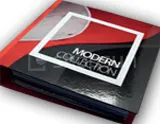
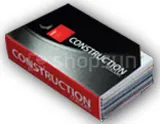
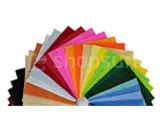


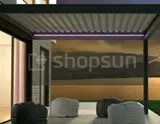
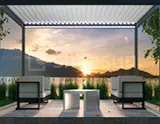
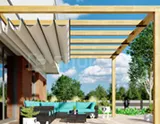
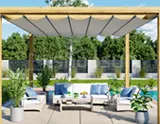
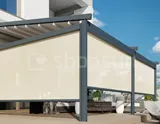
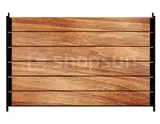
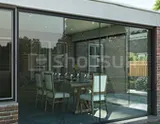
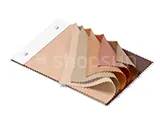
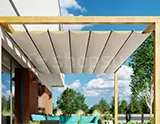
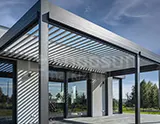
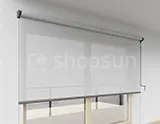
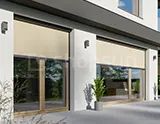
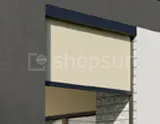
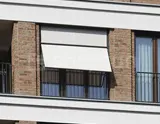
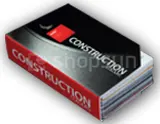

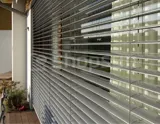
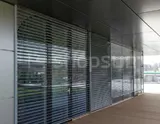
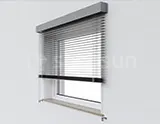
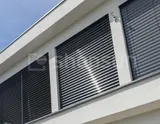
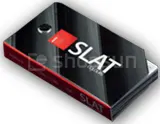
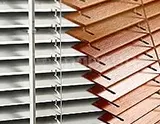
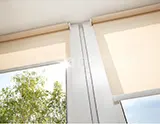
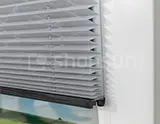
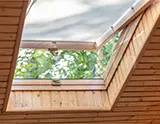
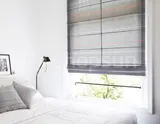

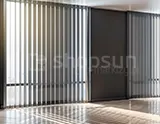
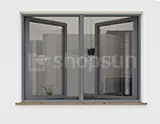
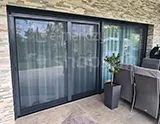
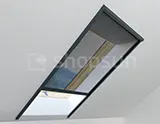
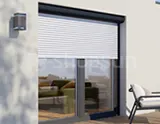
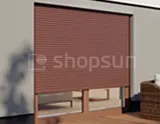
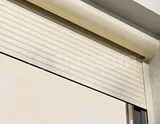
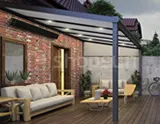
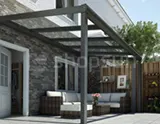
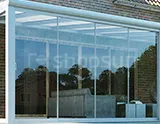
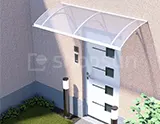
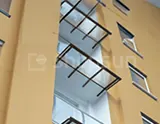
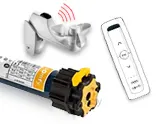
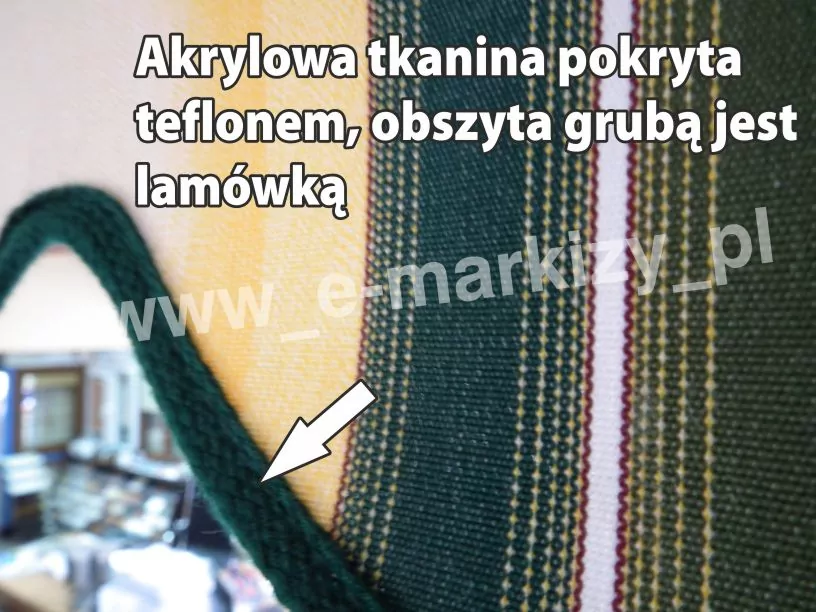
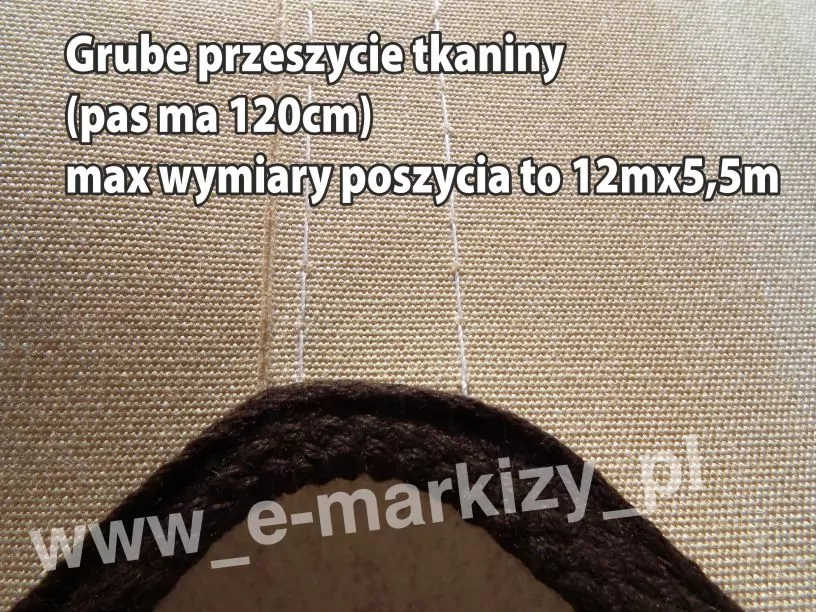 </ a>
</ a>
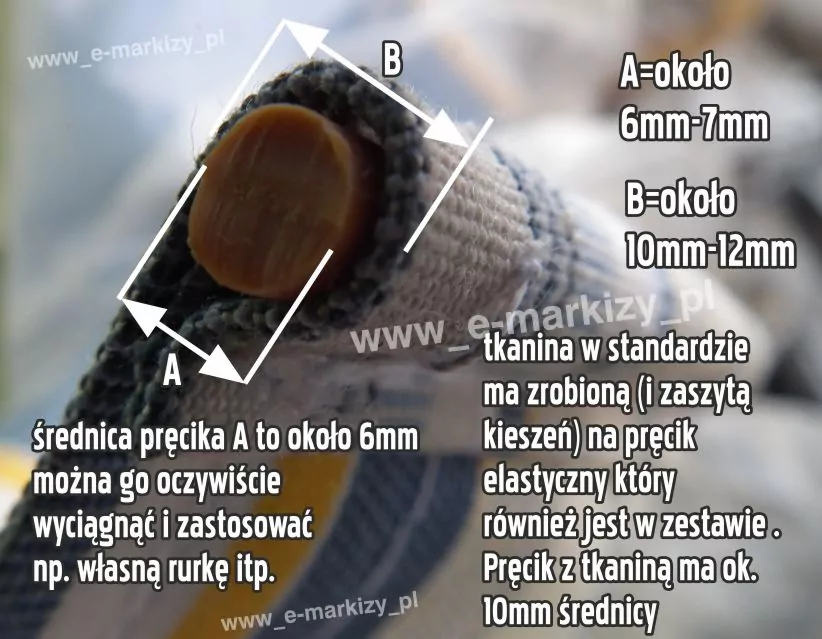

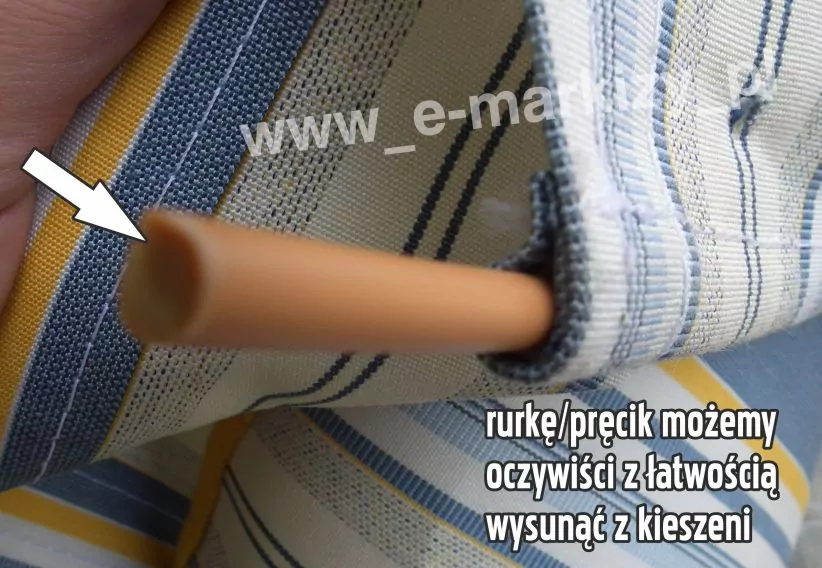
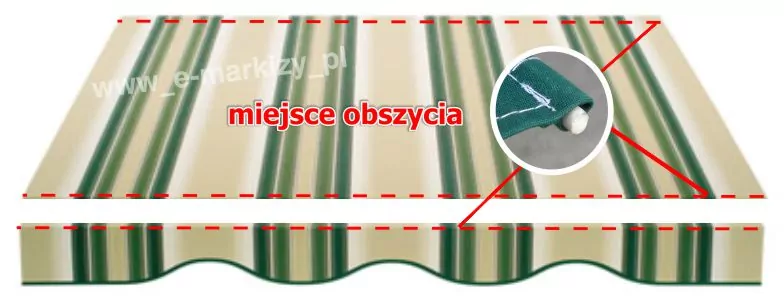 </a >
</a >